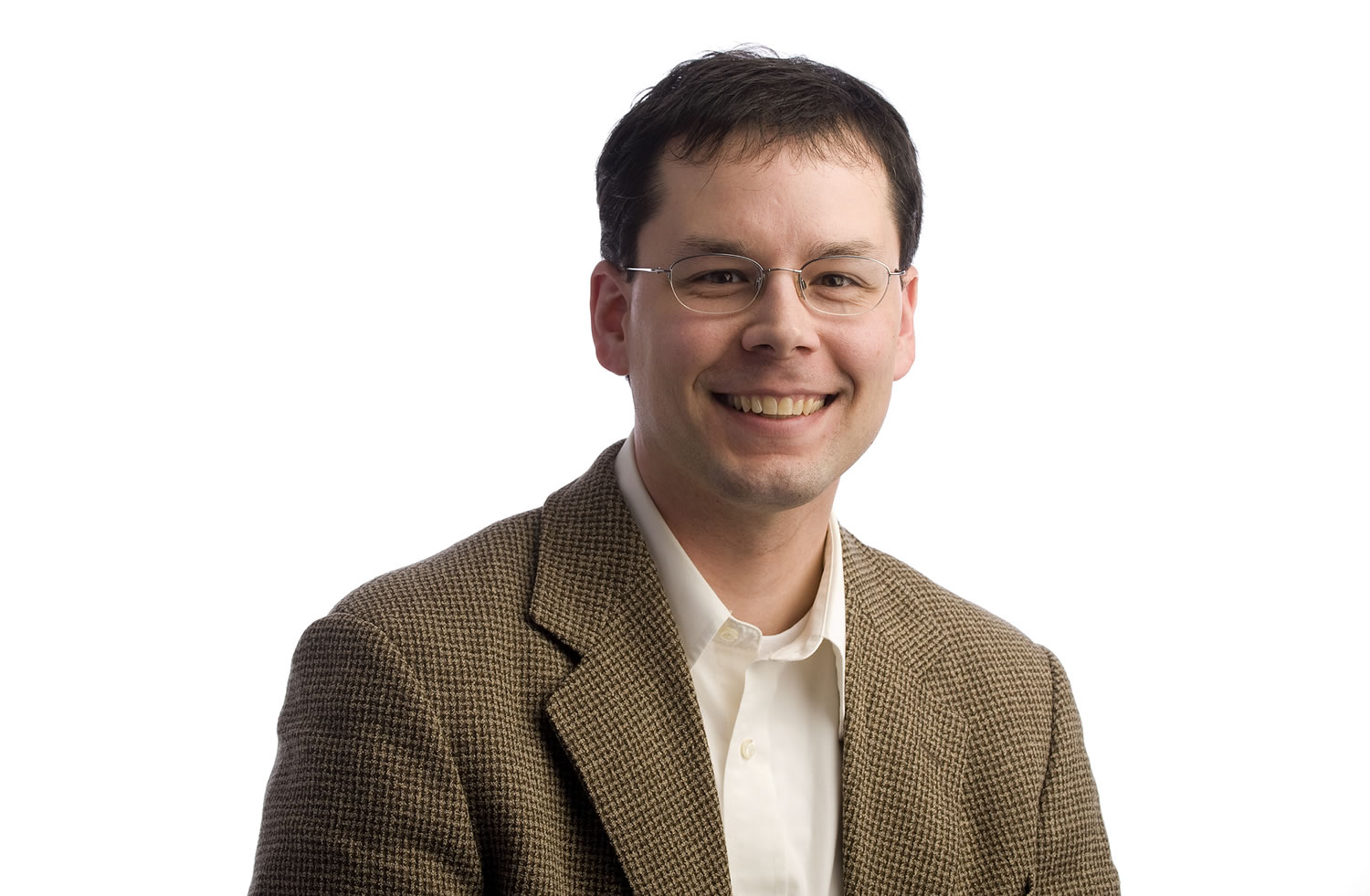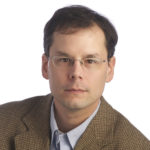Globalization. Technology. Globalization. Technology.
It’s a mantra you hear in certain media, business and economic policy circles to explain why income inequality has ballooned in the United States.
The assertion behind it is that new technologies and the worldwide abundance of highly-skilled workers are the drivers of the widening gap between the richest 1 percent and everyone else.
It’s a tidy notion with a sense of inevitability, too. You almost want to resign to it, maybe even blame yourself for failing to get with the techno-globalization program.
Only, it doesn’t explain what’s actually happening.
Shredding the mantra is a new research paper, “The Top 1 Percent in International and Historical Perspective,” released in May and authored by four economists: Facundo Alvaredo, Anthony B. Atkinson, Thomas Piketty and Emmanuel Saez.
If it’s true that global markets and technological advances are the main causes of the broadening wealth gap in the U.S., then most other similarly advanced, industrialized nations should be experiencing the same trend.
Not so much, according to the paper. While countries such as Japan, France and Germany have seen growth of wealth at the top, it’s been nowhere near the yawning fissure found in the U.S. and Britain — especially in the U.S.
The fact that “high-income countries with similar technological and productivity developments have gone through different patterns of income inequality at the very top supports the view that institutional and policy differences play a key role in these transformations,” according to the paper.
Institutional and policy differences. Translation: U.S. tax policy, through cuts in taxes on top incomes and other government rules, has redistributed wealth upward for decades.
Indeed, “the share of total annual income received by America’s top 1 percent has more than doubled from 9 percent in 1976 to 20 percent in 2011,” according to the paper.
But all of the tax cutting at the top is spurring growth, right?
Wrong. The paper found “no apparent correlation between cuts in top tax rates and growth rates in real per capita GDP.” And “countries that made large cuts in top tax rates such as the United Kingdom or the United States have not grown significantly faster than countries that did not, such as Germany or Denmark.”
Where is Clark County in all this? While we’re seeing rising inequality here, it’s not as pronounced as other places, says Scott Bailey, regional labor economist for the Washington state Employment Security Department.
That’s partly because of our suburban nature, he says. It’s also partly because 1 percenters “don’t live in great numbers in Clark County,” Bailey said. But even if we’re a kind of outlier, we’re still part of, as Bailey puts it, “the bigger picture.”
And that picture is disturbing.
What happens when fewer and fewer people share in a country’s prosperity, no matter how hard they run up hill?
Is it possible to wake up and smell the bad tax policy (not to mention the bought-and-paid-for politicians who implemented it) and choose a different path?
Perhaps the answer to that question begins, in a small but useful way, with paying attention to actual evidence rather than a confidently delivered mantra.
Aaron Corvin: http://twitter.com/col_econ; http://on.fb.me/AaronCorvin; 360-735-4518; aaron.corvin@columbian.com.




